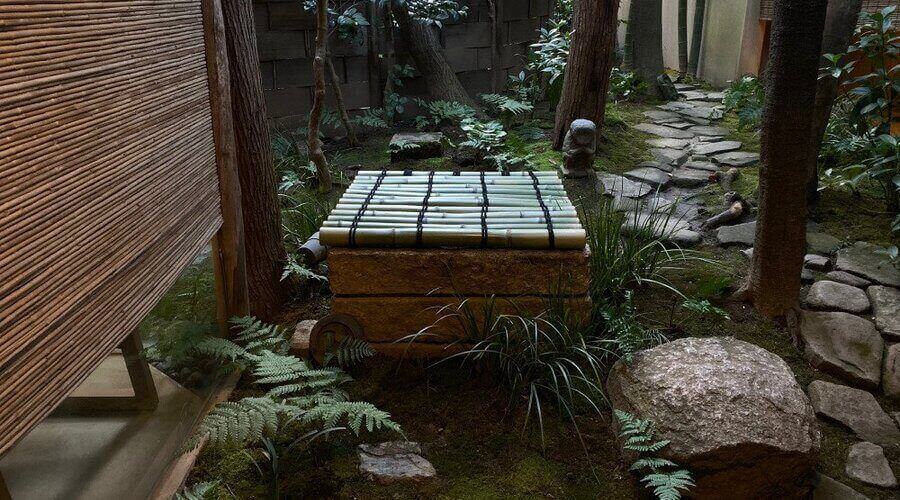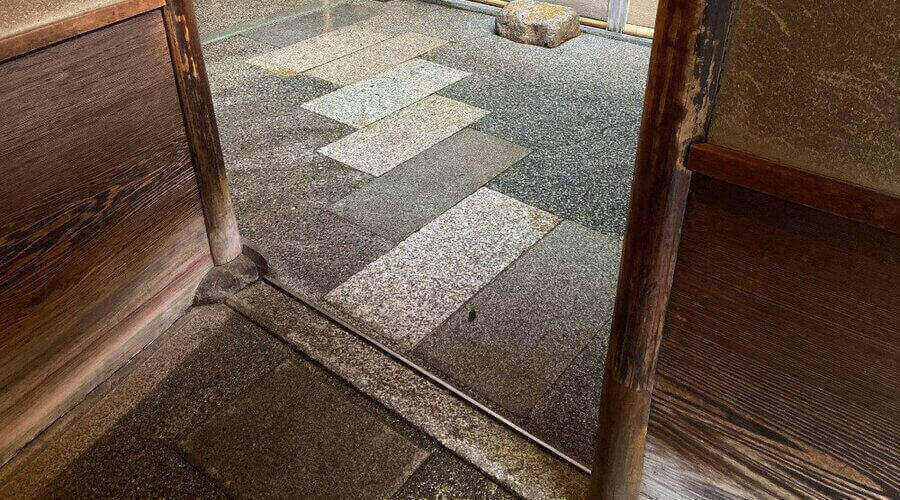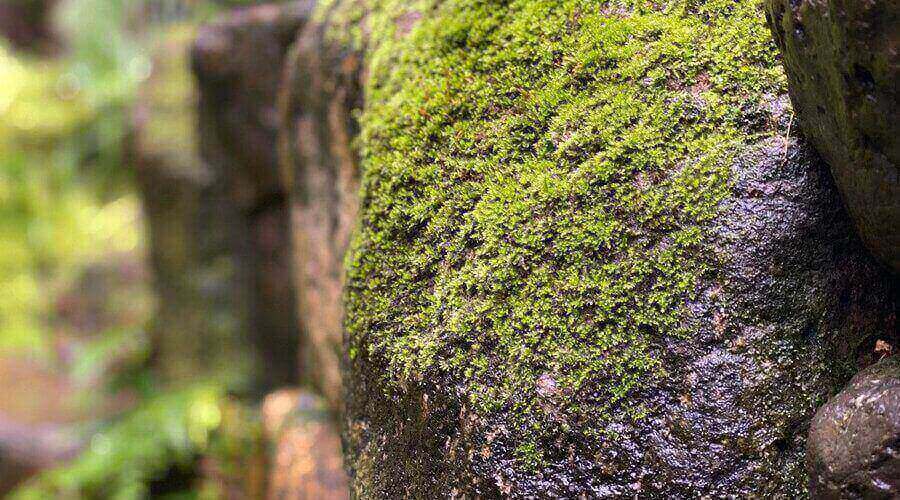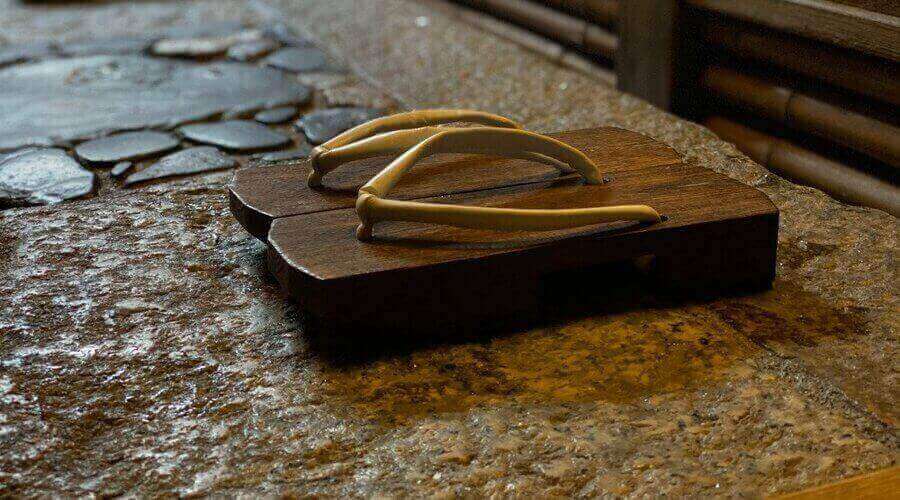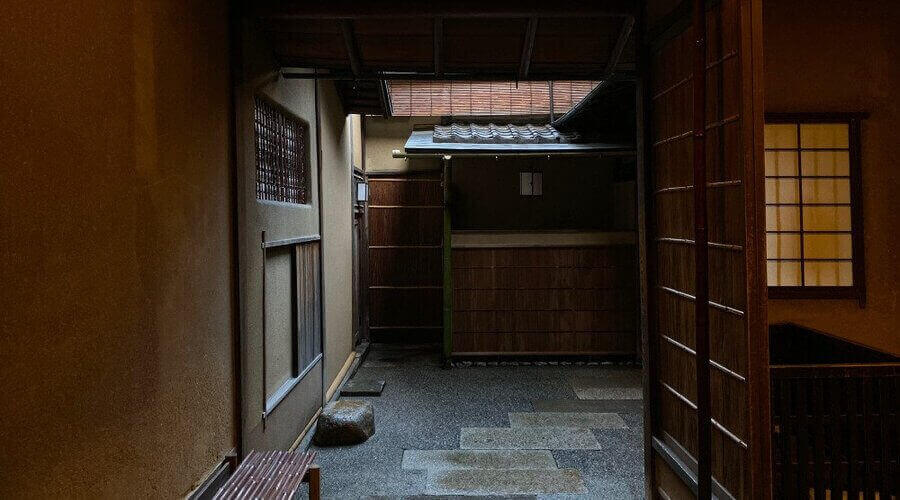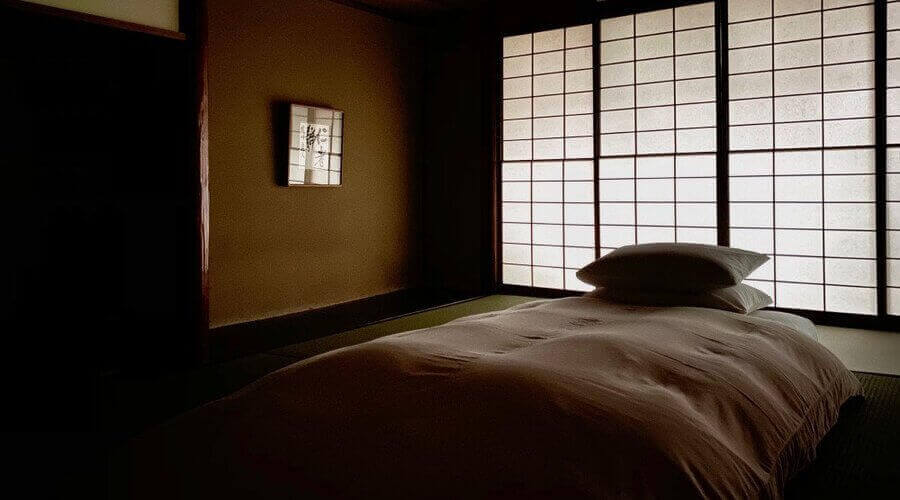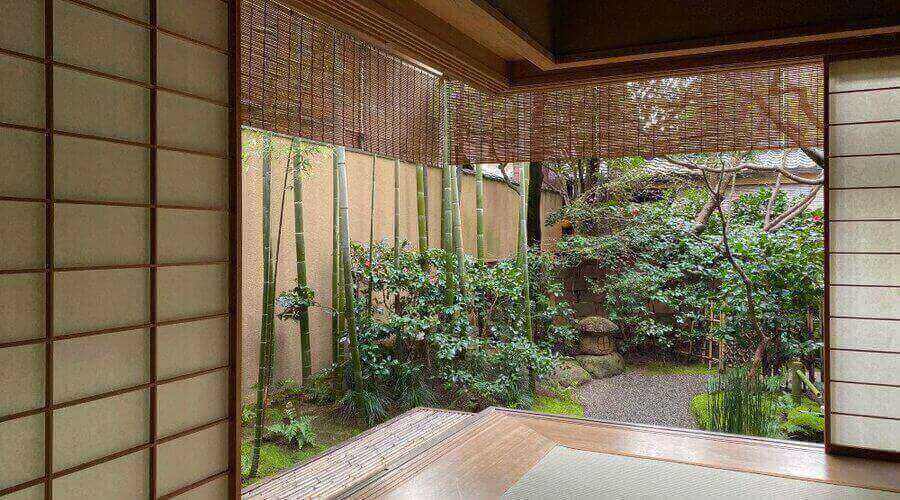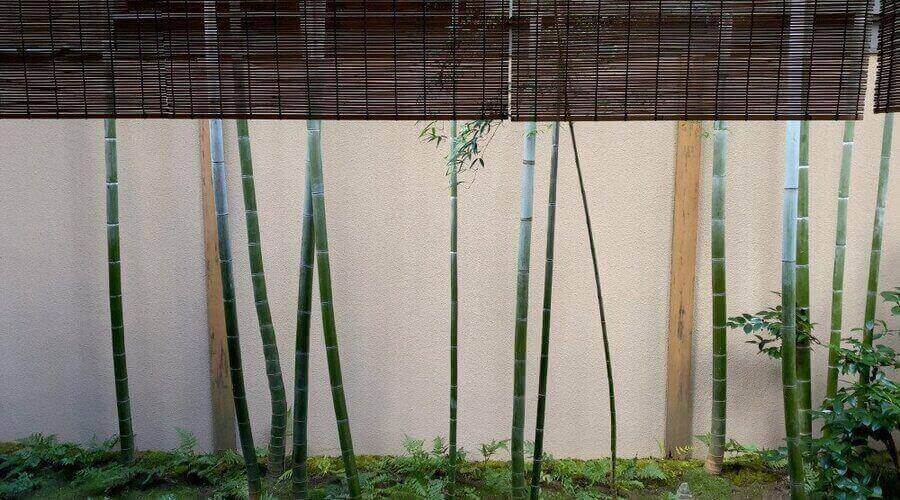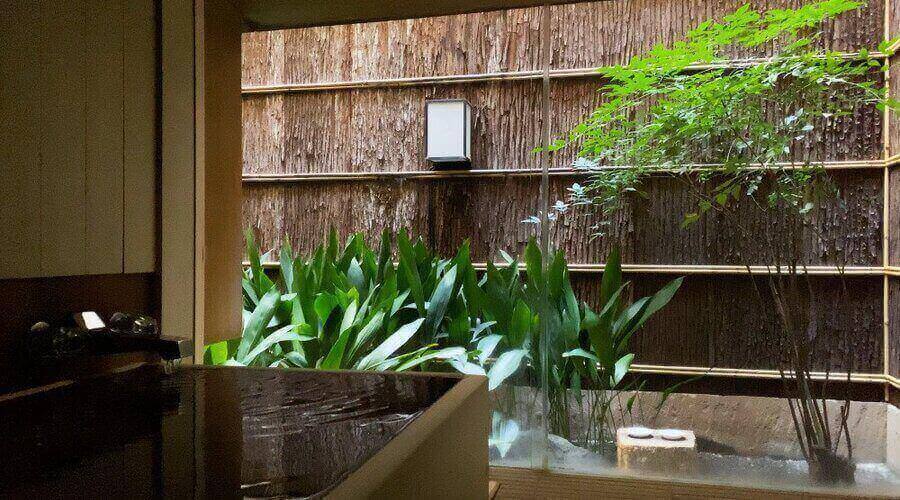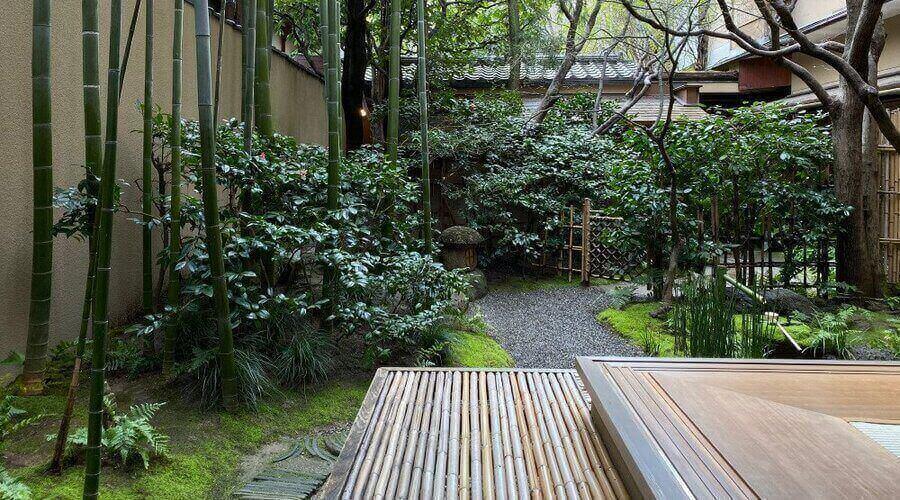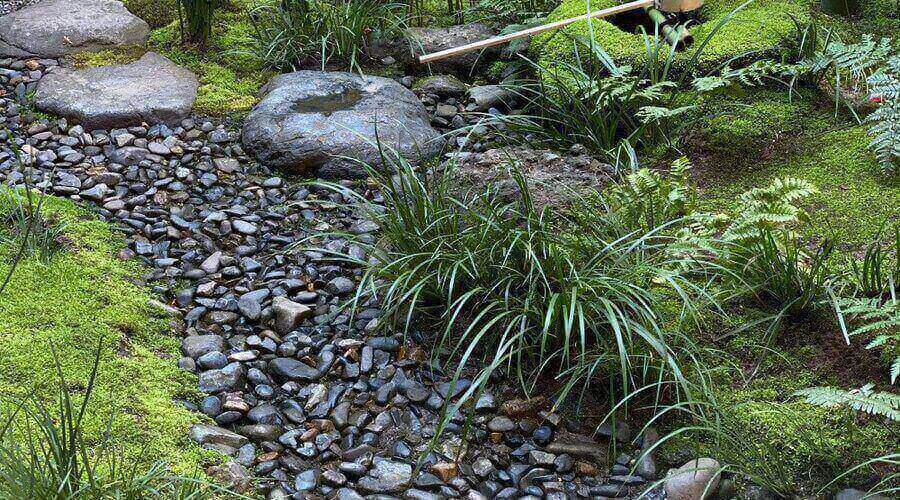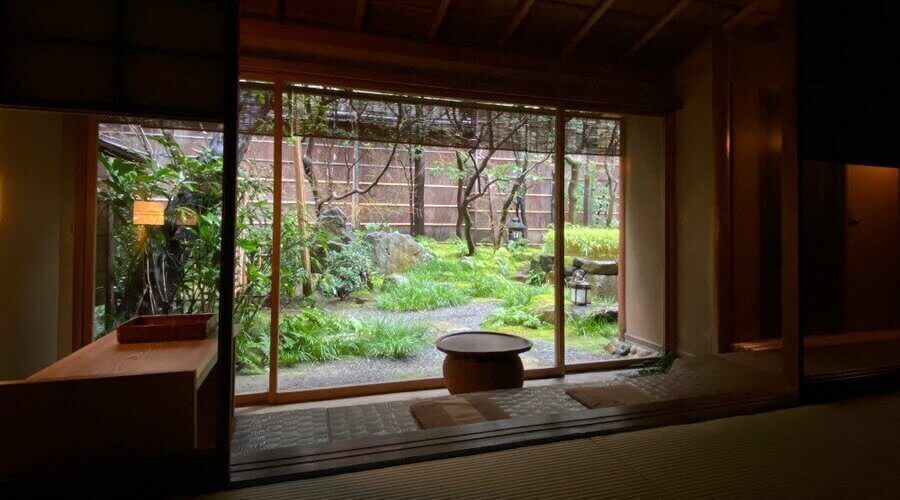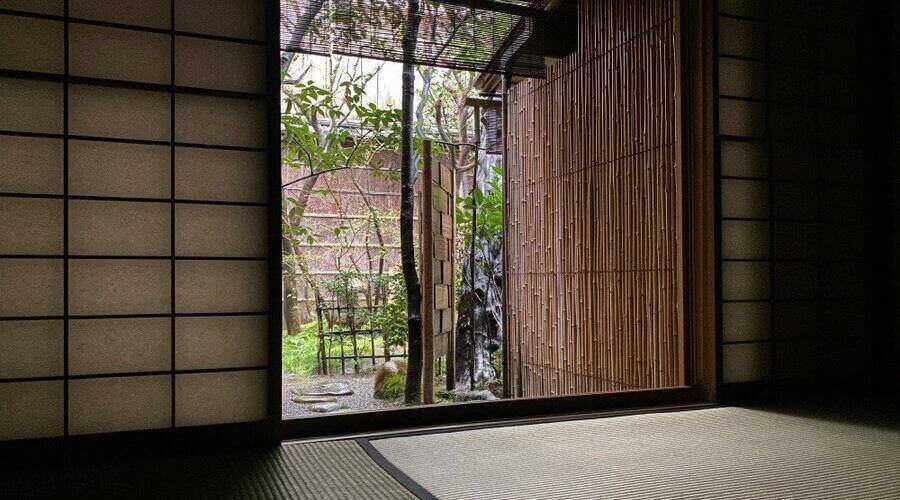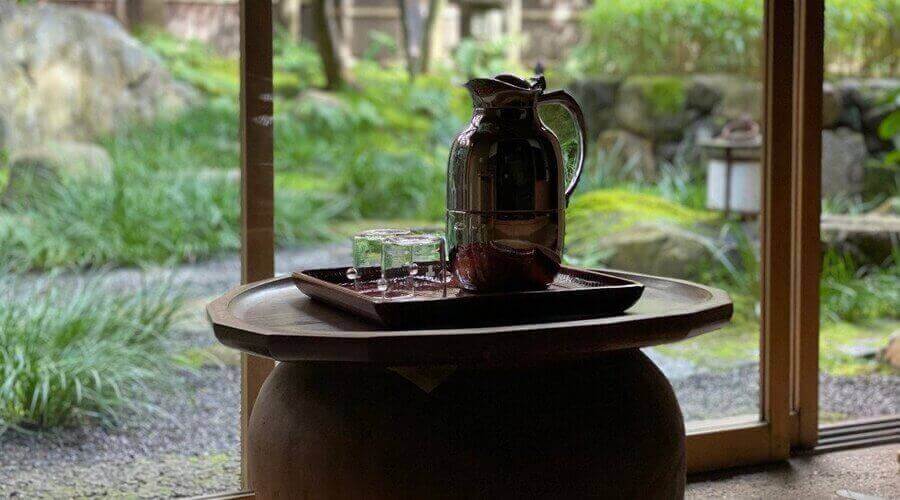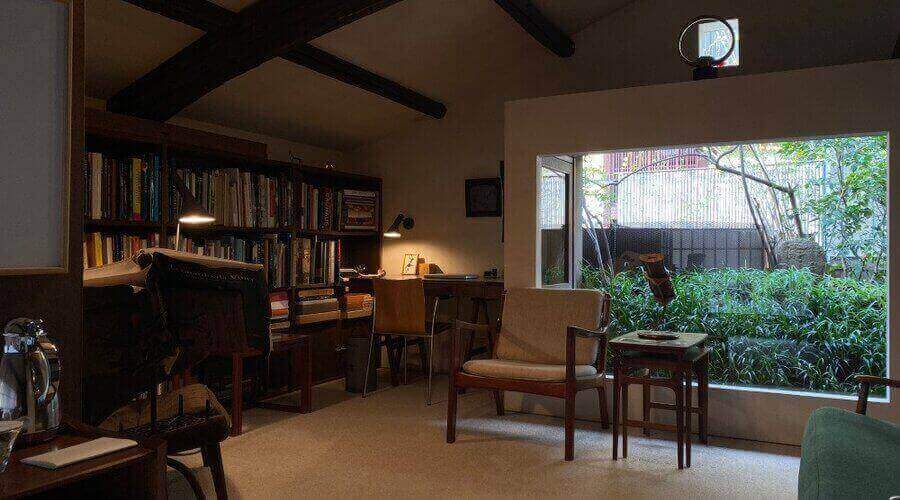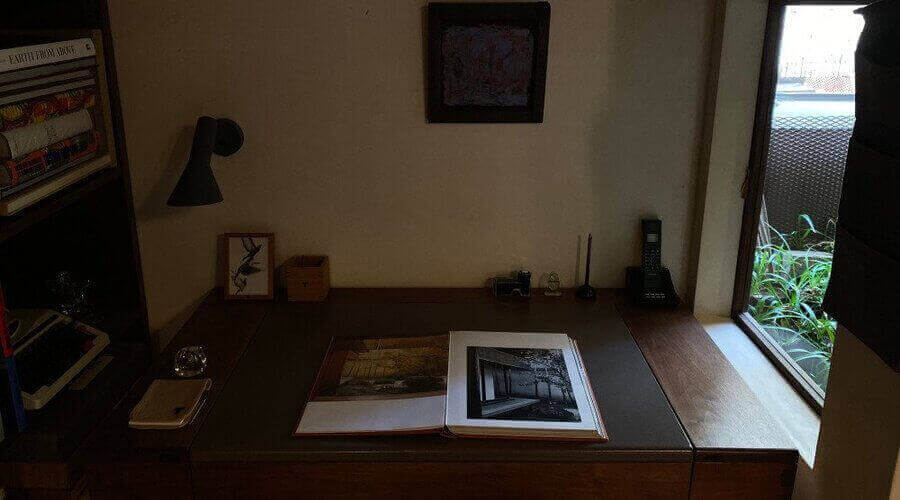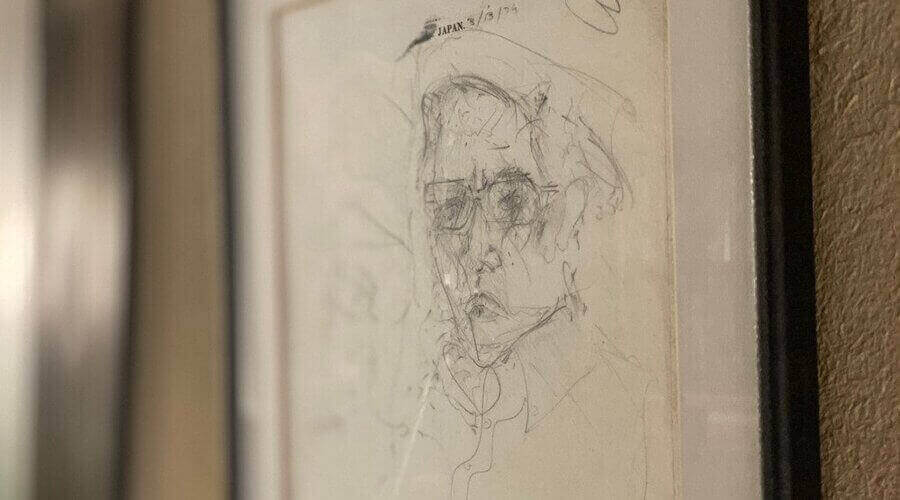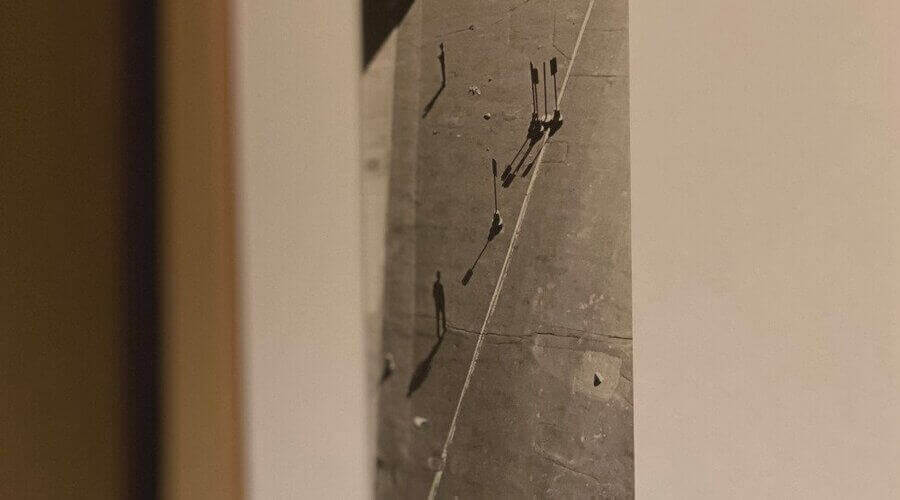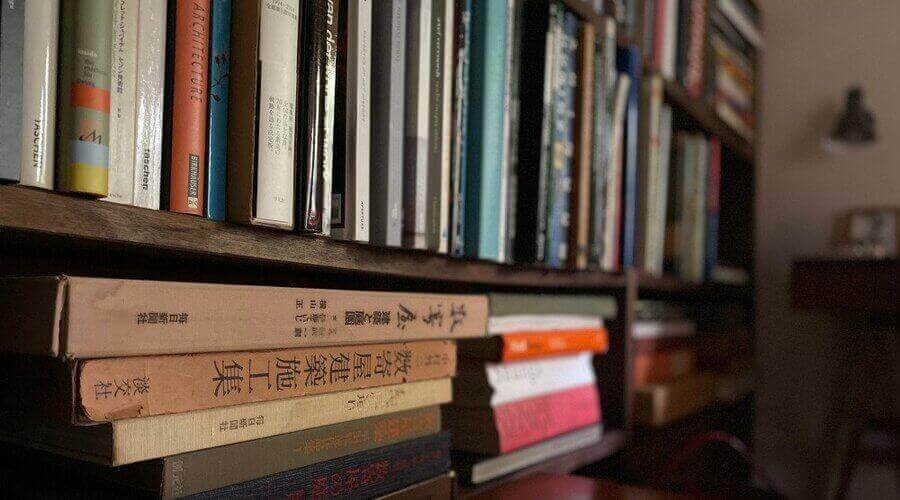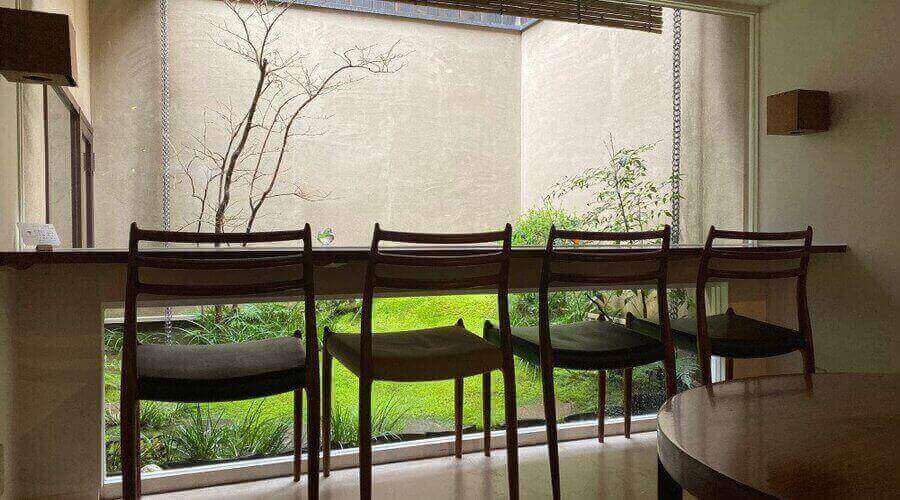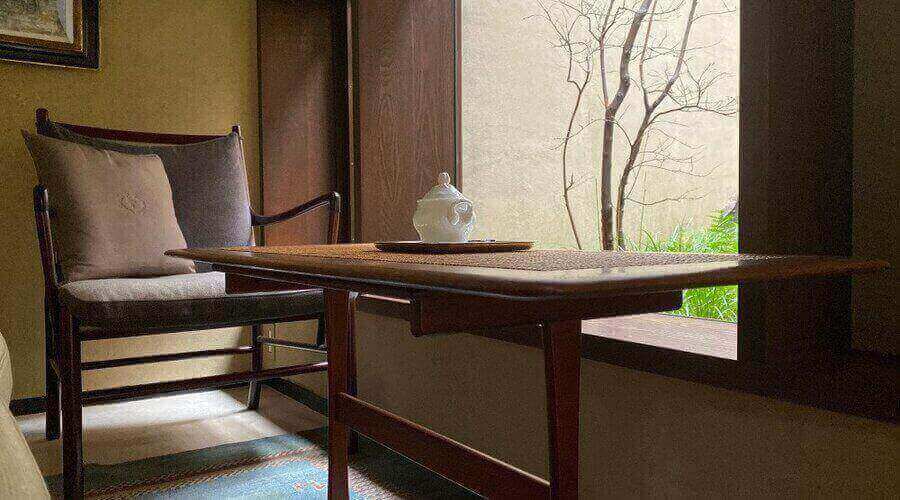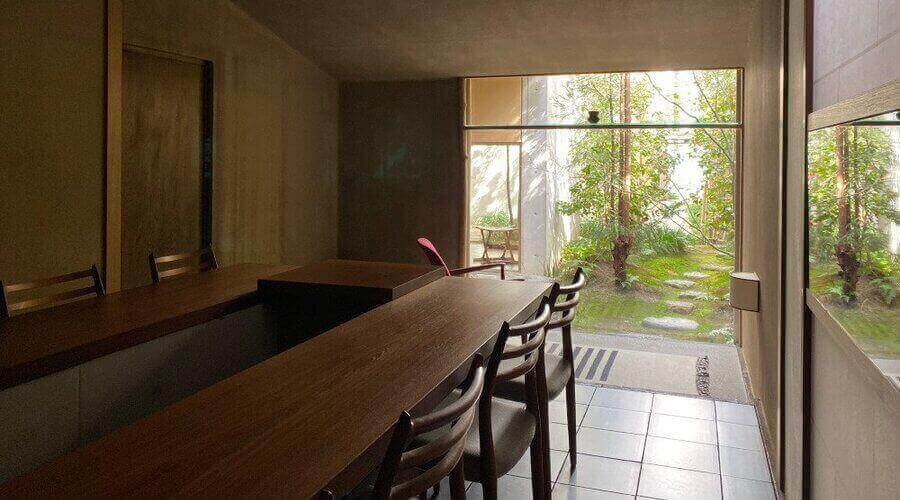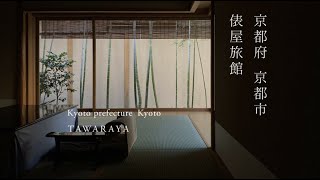
An inn that teaches Japan to the Japanese
There are things that have a symbolic meaning when handed down. A niwa, or garden, may be such a thing. While it may have originated in someone’s creativity, because nature is something that is constantly growing, changing with abandon, anyone who inherits a garden should never leave it unattended, sometimes leaving it to nature, and sometimes improving it according to the best of one’s knowledge and technical abilities. In that case, a garden grows firmly and solidly, increasingly drawing people’s attention. Tawaraya is this kind of ryokan.
It is said that in 1709, Tawaraya Wasuke, a merchant trading in cotton and hemp textiles in Hamada in Shimane Prefecture, acquired some land in Kyoto, and founded Tawaraya Ryokan as a side business, to house visiting feudal retainers from Shimane. Completely destroyed by fire during the Hamaguri Gate Incident, a rebellion against the Tokugawa shogunate in 1864, the inn was subsequently rebuilt, and gained its present configuration via several subsequent renovations and additions. Toshi Satow, who in 1965 constructed a three-story concrete annex and has managed the inn with a view to aligning tradition and modernism, is the current and 11th-generation proprietor.
The new building was designed by Junzo Yoshimura. This architect, who revered Japanese space, wholly unfettered to materials and decoration in view of his emphasis on simplicity and daring, created the foundation of the present inn. However, it was Toshi Satow who molded the fundamentals of the design concept. Every guest room faces the garden and while, because the inn is in the center of Kyoto, the bath is hardly spacious, it still allows guests to enjoy proper views of the greenery of the tsuboniwa, or small inner courtyard. This inn, which has undergone repeated renovations, is the result of the trials and errors undertaken with the multilayered enthusiasm of those involved to do whatever was required to fulfill their mission.
The charm of this inn lies in the connection between the tatami room(s) and the garden. Each room responds with its own unique personality to the question of what kind of intimacy can be generated between the nature in an enclosed garden of wild vegetation, moss and stones, and the clean tatami-matted space where one takes off one’s shoes and relaxes. The inner spaces are wrapped in faint shadow, and the seasonal decorations, flowers and hanging scrolls displayed between floors are carefully chosen. All of the illumination is warm like candlelight, and everyone working at the inn understands the meanings of space and hospitality.
Ernest Satow, Toshi Satow’s husband, was a professor at Kyoto City University of Arts and a photographer, and had a superior sense of modern rationality. The traces of this appreciation can be sensed today in the restored Ernest’s Study. In this place, one can feel permeating one’s soul, the aesthetic of Japan, having passed through and percolated around the world. Tawaraya Ryokan is by no means simply an inn that embraces the tradition and history of Japan. A hint of the combination of modern logic and Japan’s aesthetic heritage is concentrated in this room.
With the cheerful and elegant garden-facing cafe, “Yukei Salon de The”, and the tempura restaurant, “Tenyu”, renowned for serving up sophisticated, mild-flavored tempura a famousJapanese food. Tawaraya Ryokan is not only continuing the evolution of the inn itself, but also developing new endeavors in the neighborhood. The 12th-generation proprietor, Morihiro Satow, is a scholar and professor at Doshisha University. I look forward to how Tawaraya Ryokan will develop in the future, led by the offspring of Ernest and Toshi, but it seems that for now, the inn’s ventures will continue under the direction of Toshi-san.
Written on 07.06.2020
Access
278 Nakahakusan-cho, Nakagyo-ku, Kyoto, 604-8094
Google Map
About Teikūhikō
Created by Japan House Tokyo Secretariat’s Creative Adviser, Kenya Hara, Teikūhikō is a combination of beautiful videos, articles and photographs introducing spots that Hara has specially selected, posing the question to visitors, “What do you think of this kind of Japan?”.
Movie / Photograph / Text: Kenya Hara
Music: Heima
https://tei-ku.com


